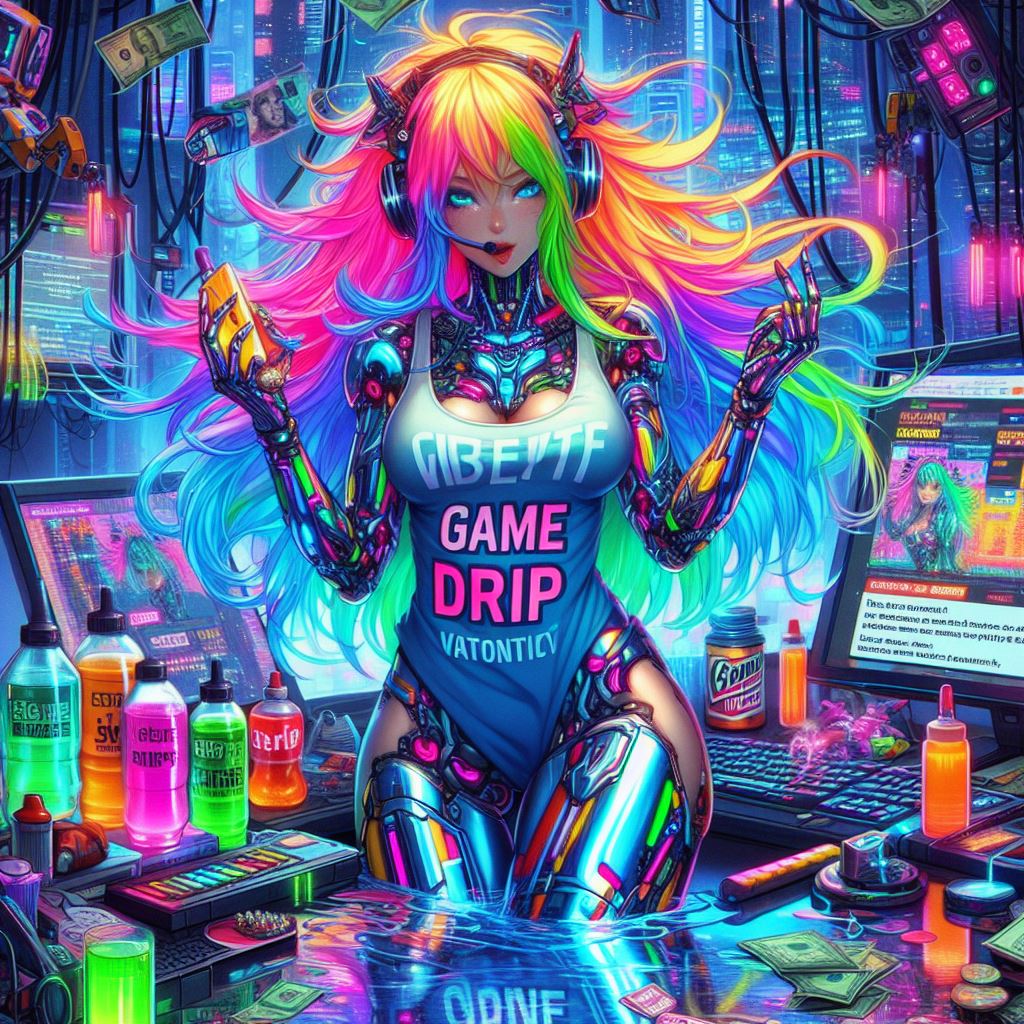As featured on Minecraft Servers Listing
#TECHNOMAGIC #WIPE #Minecraft #server

❤️ Sometimes it’s boring to play on a magic or industrial server and you want something more
❤️ Our server will allow you to become a magician who also does not lag behind in industrialization, capable of using magic to create something more from ordinary quantum armor and power tools
❤️ It will take a really long time to develop, but it will be very interesting
❤️ Such a variety of mods just will not let you get bored
❤️ List of mods

Advanced Solar Panels – several new types of solar panels that are noticeably better than conventional ones, crystal growth cameras and much more
AFSU – energy storage for 1,000,000,000 Eu
Applied Energistics 2 – a large number of new content, mainly concentrated around the concept of using and converting energy in a unique way. Most of the functions are connected with the ME network or are part of it
Botany – a huge amount of decor and plants
Build Craft – simplifying the extraction, transportation and storage of some liquids from their natural locations, and also allows you to transport and store large quantities of liquids from other mods
CaseReload – A self-made mod that adds cases to the game, with items, game currency and even pre-accounts
Compact Solar Arrays – Supplement to Industrial Craft 2, adding several new types of solar panels that are noticeably better than conventional
Computronics – several new items and API for working with them
CustomNPC – NPCs and Quests
Draconic Evolution – powerful new tools, armor, vehicles and various elements that use Redstone Flux to work
Dragons Radio Mod – Radio, using it you can listen to radio streams via URL
Extra Bees – various hives to generate the world, new improvements for large hives and frames
Extra Trees – an opportunity to bring out new types of various trees
Genetics – With it you can bring out a huge number of new bees, plant any genes, and indeed … Simplifies the life of beekeepers
GlebiusVC – the ability to communicate with other players through the microphone
Gravitation Suite – adding several new types of armor and tools to the game
Grimoire Of Gaia 3 – new mobs, custom items, as well as rings that give eternal buffs
Hats – various hats that will allow you to stand out among other players
IC2 Backpack HUD – displays the charge of your armor next to your lives
Industrial Craft 2 – industrial production (metallurgy, electrical engineering, agricultural industry), thanks to the appearance of various types of energy, new devices and tools
IronChest – new chests that hold up to 108 different items
JourneyMap – a map and a radar that you can easily navigate in this square world
Magic Bees – New Bee Species
Mouse Tweaker – quickly and easily manage your inventory
NEI – displays all the items that are in the game, you can also look at crafting any item with the R key and find out what you can craft from this item with the U key
Nodal Mechanics – allowing you to create your own nodes of auras
Nuclear Control 2 – allowing you to create a system to control and monitor your nuclear reactors
OpenBlocks – various useful and funny blocks to the world of Minecraft
OpenComputers – computers and robots that can be programmed in Lua 52
OpenPeripheralAddon – even more new mechanisms
OpenSecurity – new mechanisms that will ensure security for you and your data
PowerUtils – Convert EU energy to RF and vice versa
Status Effect HUD – Displays the currently active effects on the player.
Thaumcraft – sorcery that allows you to turn any item into a form of energy called “Vis” With this energy you can activate magic symbols, distort space and matter, enchant things, create powerful tools and much more
Thaumic Energestic – Add-on for Thaumcraft and Applied Energistics 2, created to integrate these mods
Thaumic Tinkerer – An add-on for Thaumcraft that adds many useful things, such as the Osmotic enchantment table, ichoric instruments, armor, new types of knobs, and much more
Thermal Expansion – new mechanics of resource processing and organization of automatic production, new resources, their processors, as well as energy and devices for its generation and storage
TcInventoryScan – allows you to study objects with a Taumometer directly in the inventory and in chests
Waila – When you hover over a block, it displays detailed information about it
Witchery – the magic of witches, with which you can call different creatures, cook potions, hang curses on those who you do not like
Ztones – new types of custom blocks




















